Why I love taking boring screenshots of PC games
The devil's in the details.
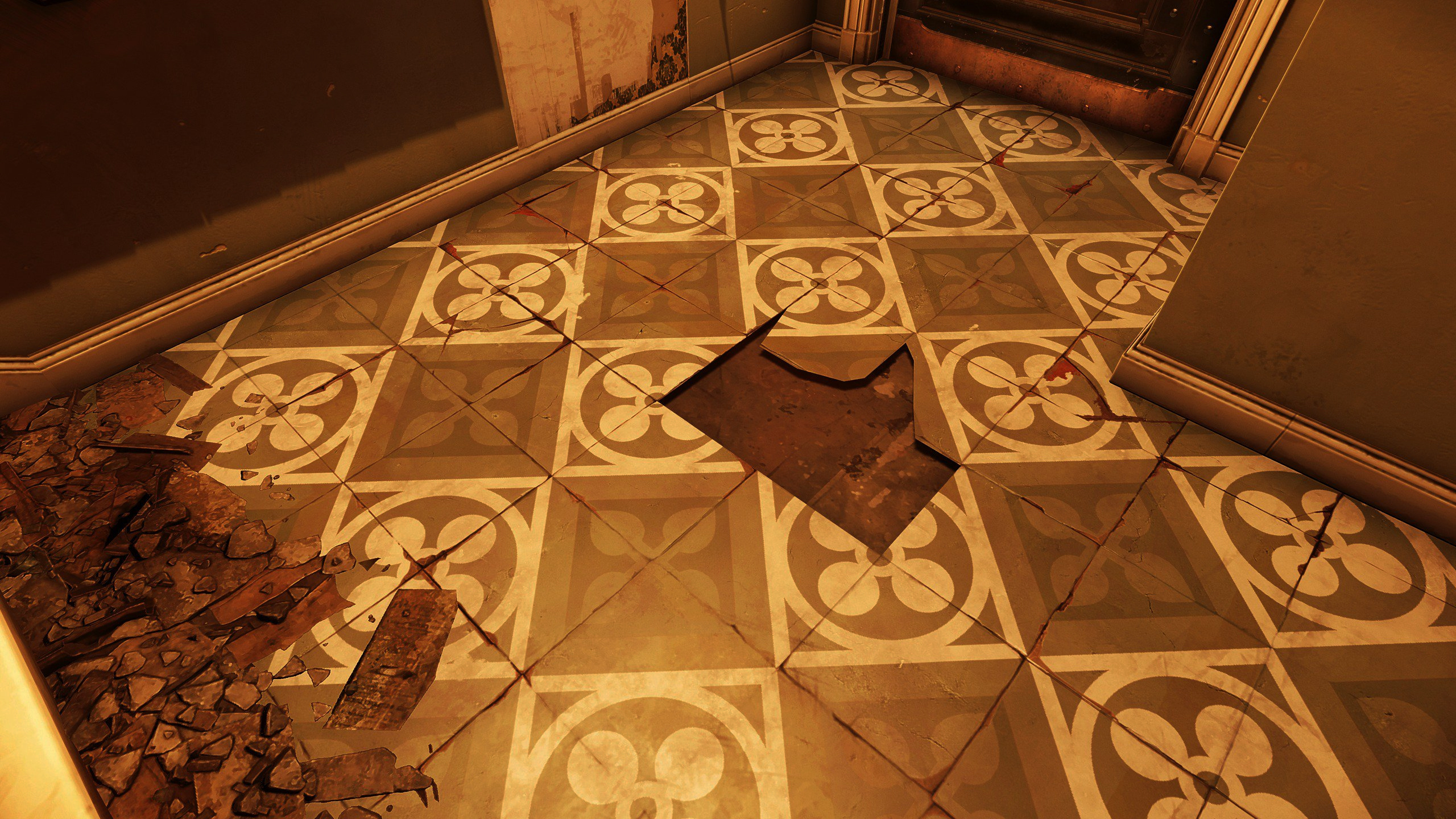
There's a floor in Dishonored: Death of the Outsider that I really love, which I spotted in a dilapidated apartment block. It's made up of old, faded tiles with a repeating floral design that have cracked, split, and broken apart over the years, trodden on by one too many boots. It's a genuinely stunning, albeit understated, piece of environment design. But it's also a floor. Something the average player probably won't look at for more than a second. Something you don't have to look at. And these are exactly the kinds of details I love.
I enjoy taking screenshots of videogames, and while I'm not immune to the delights of a sweeping mountain vista or a burning sunset, it's the little things that I find more interesting. The small, granular details that make up game worlds. The mundane, everyday decorations that were never meant to be looked at with any real scrutiny. I have a 100gb folder of screenshots on my PC, stretching back a decade, and I wouldn't be surprised if at least a quarter of them were just detailed close-ups of utterly inconsequential objects.
I'm talking about barrels, crates, sinks, toilets, wallpaper. Computers, books, chairs, kitchenware. It's a weird obsession, I know, but when I enter a room in a game, the first thing I want to do is check out the design of the place. What kind of props have the artists used? How have they placed them, and do they tell a story? I've always been interested in how games are made, particularly the art and environment design side of things, so I suppose this bizarre habit is a product of that. Or maybe I just need to get out more.
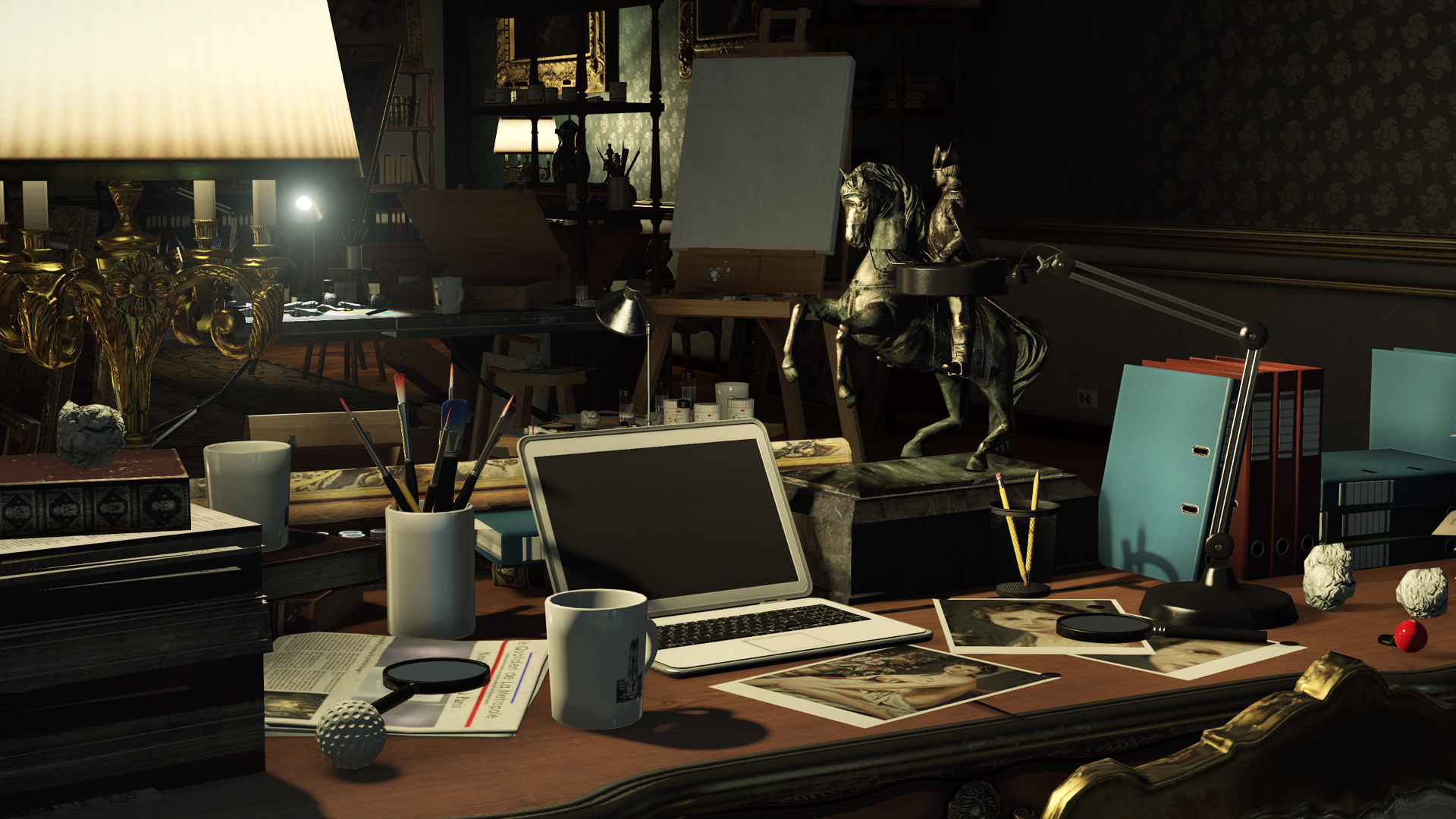

I often think about why exactly it is that I play videogames, and I always come back to one simple answer: to be somewhere else. Games are, and always have been, pure escapism for me. A way to shut my brain off and temporarily exist in another world. And the more detailed that world is, the easier I can lose myself in it. So that's another reason why I love virtual places that are cluttered and rich with incidental detail, even if it's something a dull as laundry hanging out to dry on a fire escape in Watch Dogs 2 or the remains of someone's breakfast on a table in L.A. Noire. This is what really brings an imaginary location to life for me; a sense that it's a lived-in, coherent space.
A couple of years ago I spoke to Steve Gaynor from Fullbright, for a feature about, er, toilets, and he articulated this sentiment well. "Toilets are valuable precisely because they have no real relevance to the game,” he said. “They exist as interactive objects to flesh out the ‘realness’ of the world as a functional place. It’s about supporting player expectation. If there’s a bathroom, there should be a toilet. And if there’s a toilet, it should flush. It’s these little pieces of seemingly pointless interactivity that maintain the illusion of being inside a functional place, not just a place-shaped box.”
The more detailed a videogame world is, the easier I can lose myself in it
Chances are you didn't notice that floor in Dishonored. I'm not saying that like I'm some kind of super-aware, hyper-observant genius. I just mean that you were probably too busy, y'know, playing the game. Having fun. Focusing on the task at hand. But I really believe that if that floor wasn't there, and was just some flat, boring texture, you'd notice it subconsciously. And your belief in the world would be dampened, ever so slightly, by it. Environment design is like sound in games: if it's done well you don't really notice it. But if it's done badly it sticks out, or you feel its absence if it's not there.
Plenty of games are detailed, especially with the fidelity expected these days. But I especially like those ones that capture the mundane in just as much detail as everything else. I like seeing a cup of coffee or a tower of paperwork abandoned on a desk. A monitor covered in post-it notes. A pile of old instant noodle containers stacked in a sink. A pair of shoes waiting patiently by the front door of a house. A loose sock draped over the arm of a chair. When I see these details, it gives me the sense that this isn't just a place for my character to exist in; it's a place where other people exist too, and will continue to exist regardless of my presence. It all comes back to escapism. If I see something I'm familiar with in the real world, it makes it easier to believe in a fictional one.
Keep up to date with the most important stories and the best deals, as picked by the PC Gamer team.
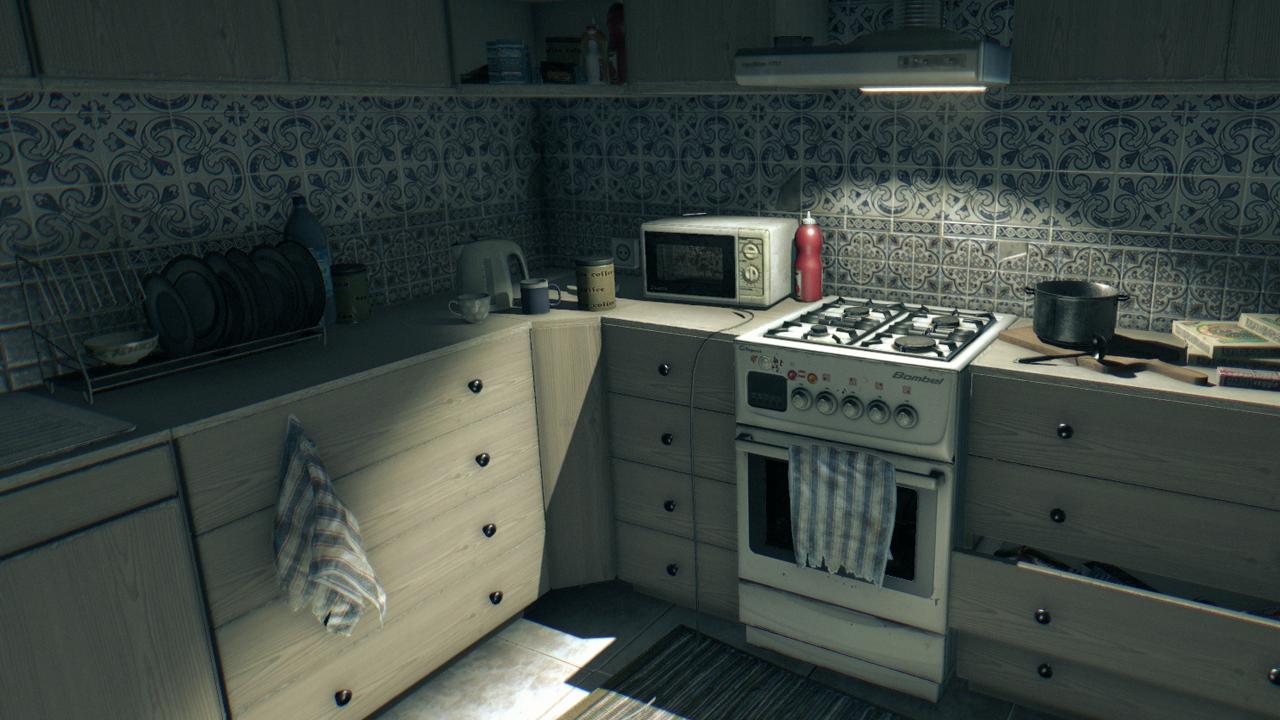
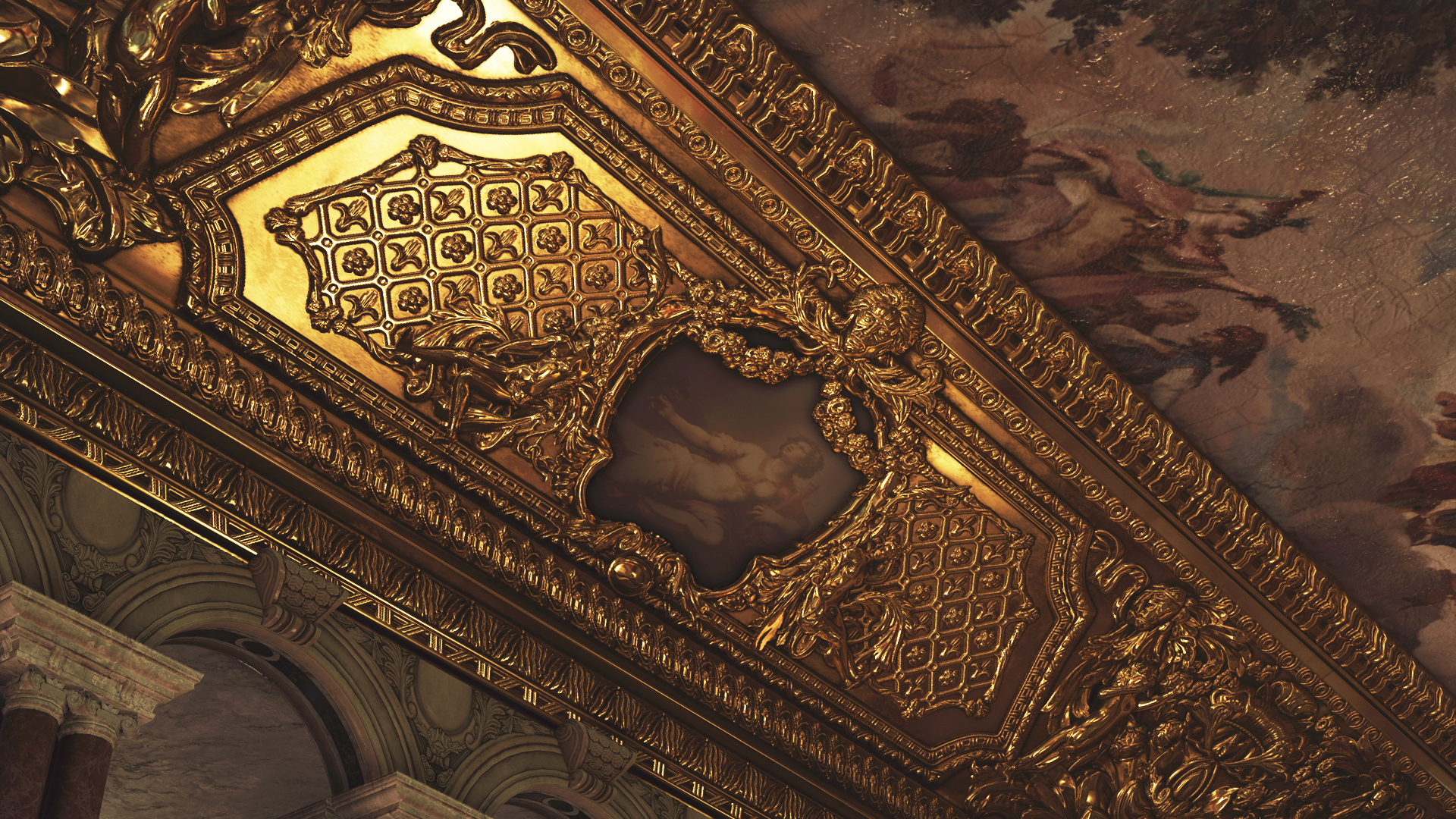
For someone like me, the Dishonored series is a feast. These games feature some of the finest world-building on PC, not just in terms of its grand artistic vision, but in its micro-details too. That floor is just one example of many. Similarly, Eidos Montreal's Deus Ex reboot is heaving with interesting stuff to look at; a result of the art team creating concept art not just for the big ticket stuff, but individual props and furniture too. Clutter is hard to get right in games, but both Human Revolution and Mankind Divided nail it, giving their future-cities a convincing layer of messy humanity. And the Metro series is full of amazingly unique, hand-made props.
There's a reason I asked Gaynor to contribute to that feature: Fullbright games aren't just detailed, but they're built around that detail. Gone Home and Tacoma are about being nosy, looking in drawers, snooping through diaries, and piecing together a story—whether it's in the spooky, storm-battered mansion of Gone Home or the Tacoma lunar transfer station. In both, the details are the game, and in Tacoma in particular I found myself growing more attached to the characters as I studied their book collections, pictures, letters, and other props in their private quarters. I love Fullbright stuff because it gamifies my nosiness.
So next time you play a game, slow down, stop for a minute. Look around and study your surroundings. You might be amazed by what you see—and it might even reveal something about the story or the characters who inhabit that imaginary place. And to all the hard-working artists out there who think no one one noticed that ceiling or floor they spent ages designing: don't worry, some of us did. And I'm excited by the fact that, as graphics technology evolves, the fidelity of game worlds is only going to get richer. Of course, there's a human cost to this. To achieve this level of detail, developers often have to endure crippling crunch. I mean, I will fully appreciate a hyper-detailed lamp on a desk, but I don't think it's worth someone sacrificing their well-being for.

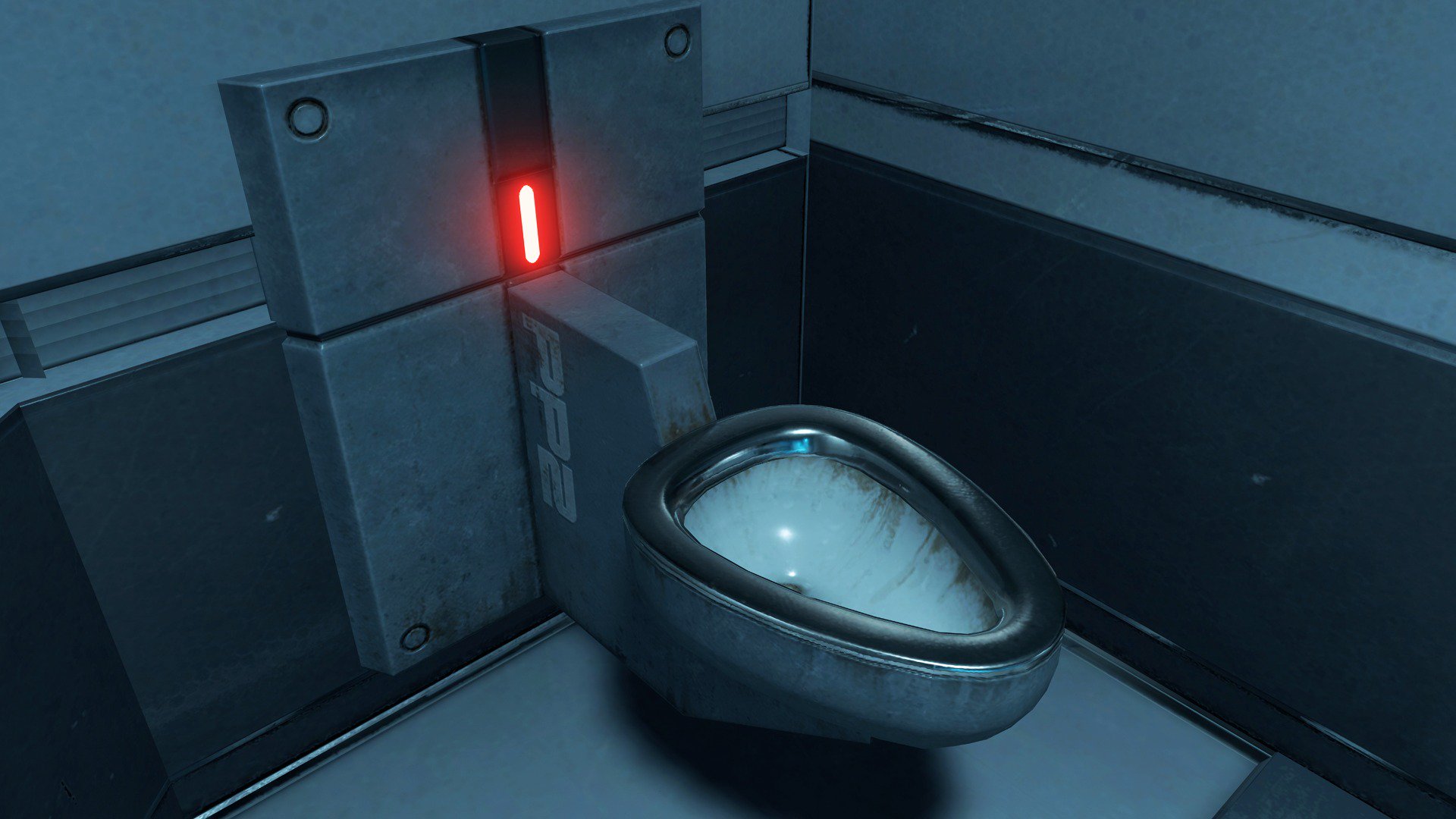
If it’s set in space, Andy will probably write about it. He loves sci-fi, adventure games, taking screenshots, Twin Peaks, weird sims, Alien: Isolation, and anything with a good story.


